Five Fits With: Jian DeLeon, Nordstrom Men's Editorial and Fashion Director
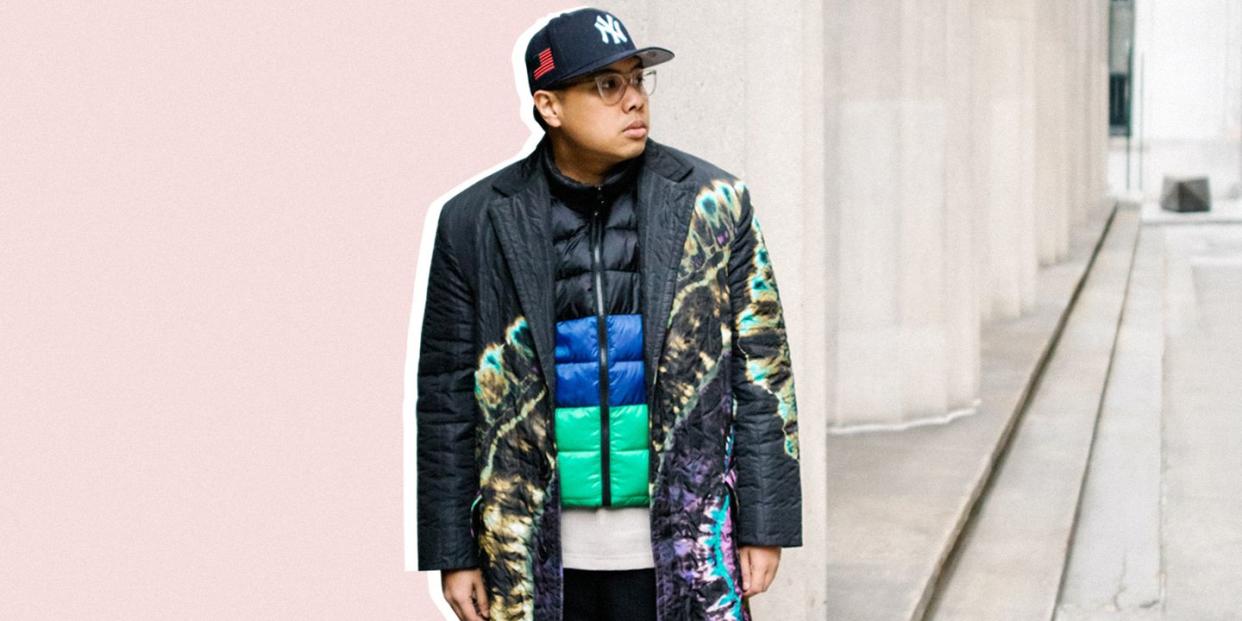
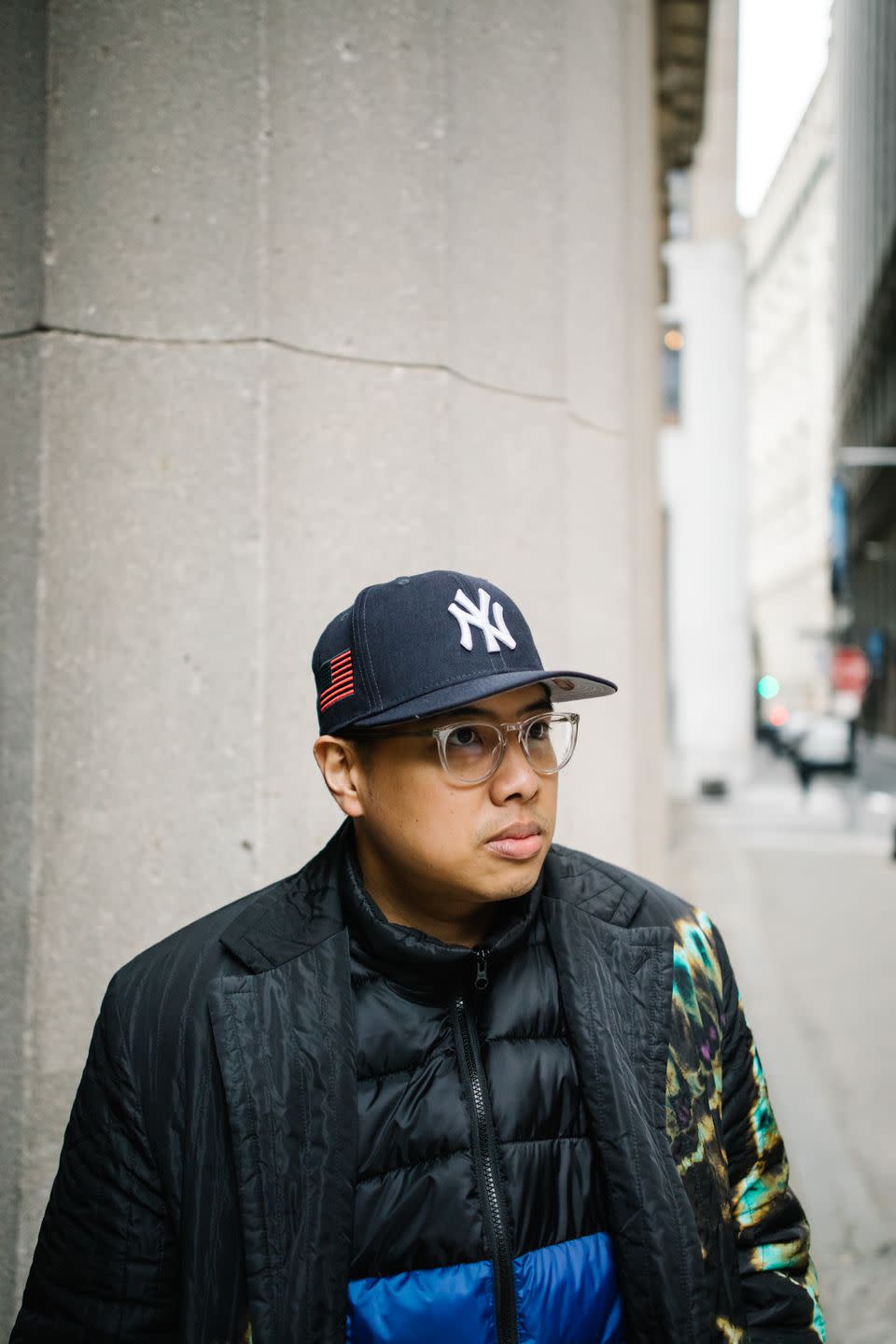
You’ve probably read a few pieces by Jian DeLeon, particularly if you’ve given a hoot about men’s clothing in the last decade. Recenly, DeLeon made the move from editorial director at Highsnobiety to Nordstrom, where he’s the new(ish) men’s fashion and editorial director. It’s the culmination of his compendious knowledge and sustained verve for the fashion industry—helped along, I’m willing to bet, by an unapologetic and rather eclectic personal style which one can only describe as “fun.”
I’ve known Jian for the better part of the previous decade and like most other friends I have in this industry, it’s been a pleasure to see his career evolve. That said, he is the same person I met, with the same tastes in clothing and the ability to muster conversation from thin air, all with attention and with kindness. While the industry is currently reckoning with its own identity in the face of global and domestic upheaval, DeLeon, as a person who thinks deeply about race and inclusion, is well-equipped to guide Nordstrom’s voice in an authentic and exciting way.
I sat with my old friend to discuss his path from writing to a director role, the impetus for his continuing fashion deep-dives, forum culture pre blogging, amplifying the voices of minority and Black-owned brands, and plenty more.

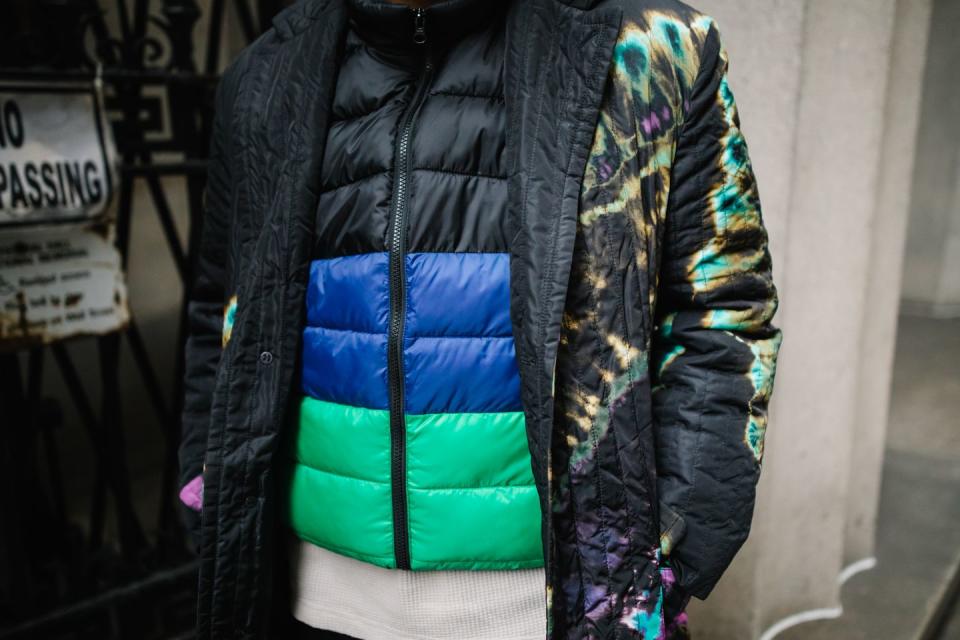
You’ve worn a lot of hats in this industry. Can you give me a timeline of your career and how you’ve gone from a menswear writer to your current role at Nordstrom?
My first “adult” job I spent editing press releases at a company in Washington, DC. It was down the street from George De Paris, the late tailor who’s done custom work for every president from Lyndon B. Johnson to Barack Obama, the National Portrait Gallery, and the Alden store. The first tax return I ever received, I walked right into Alden and bought a pair of 403 “Indy” boots worn by Harrison Ford in the Indiana Jones film series, what made them special was it was the first time they started making them in Black Chromexcel leather. My shopping habit has exacerbated since.
I was working as a defense contractor and moonlighted writing articles about Gitman Vintage shirts for a great independent publication called Valet and deep-dives on Don C snakeskin snapbacks for Complex. Eventually I took a risk and a pay cut to move to New York and become a staff writer at Complex, meeting a lot of the friends and contemporaries I’m fortunate to still know today.
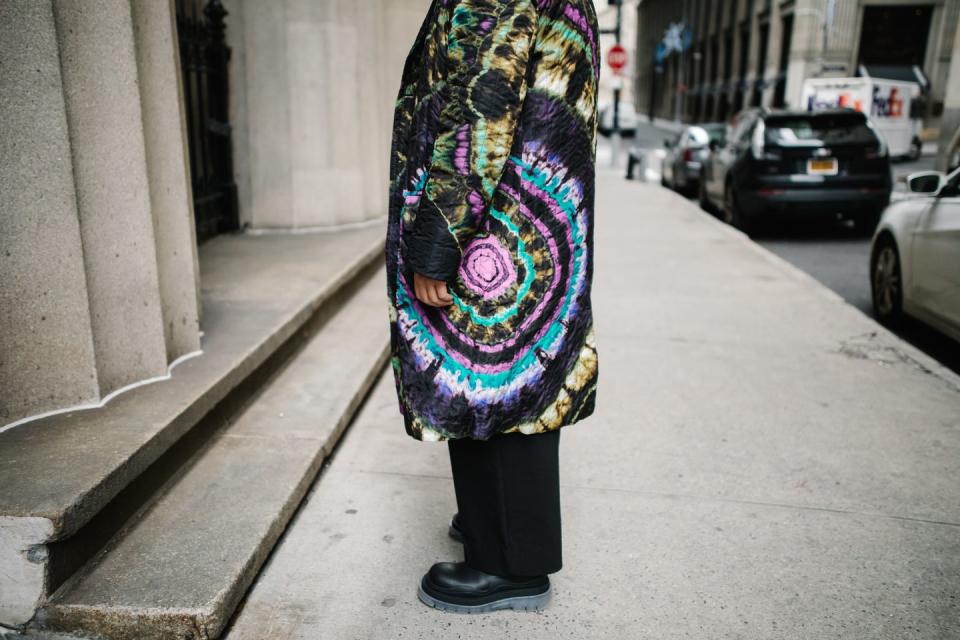
That first network of New York contacts can be so integral to how your life progresses in an industry or the city itself; you’re all riding different waves but somehow want to help each other succeed. More or less that’s how I ended up at GQ, Highsnobiety, trend forecasting agency WGSN, and now Nordstrom. It’s that balance of building a solid portfolio of work, but also striving to create real connections with people.
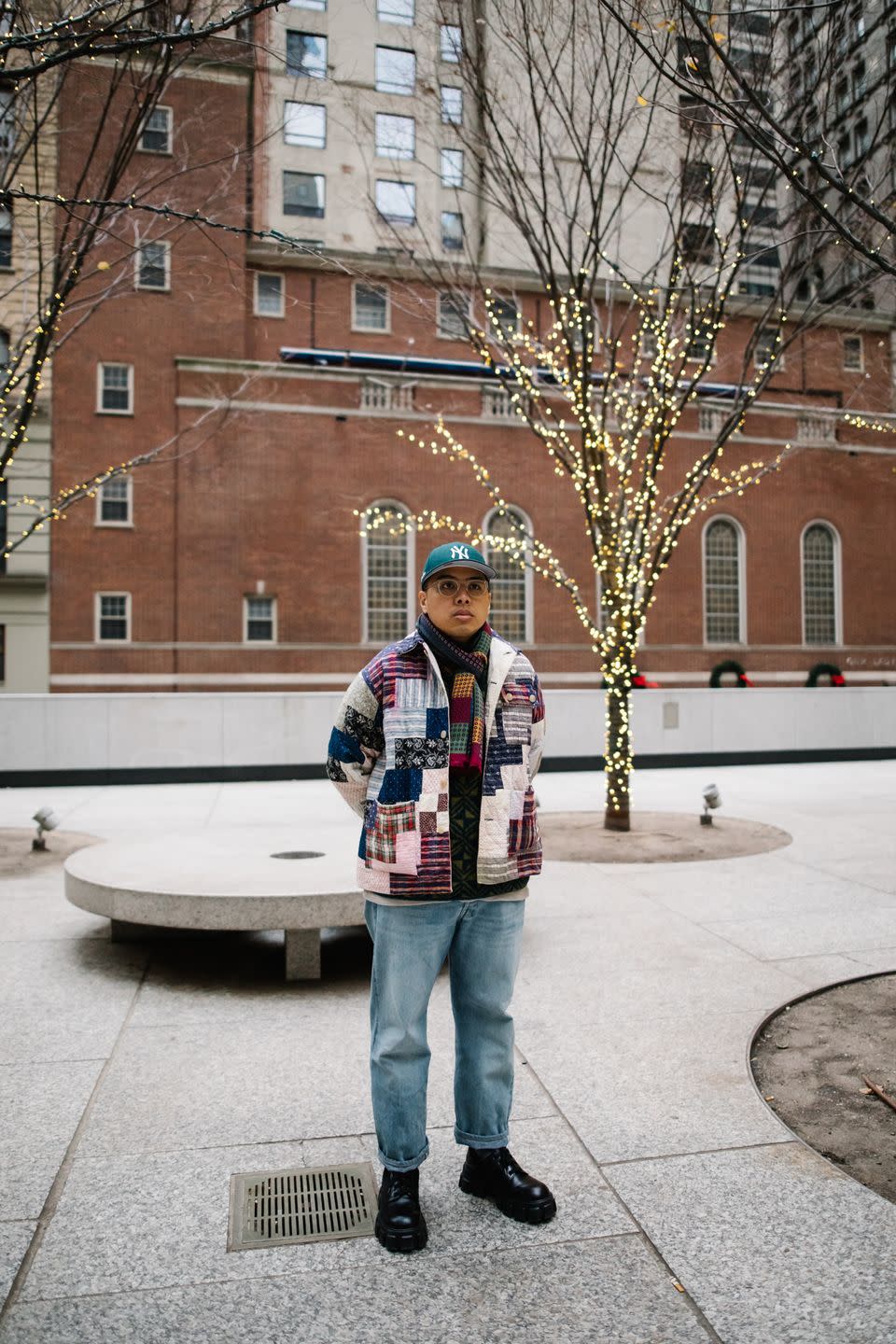
You’re rather encyclopedic when it comes to streetwear, fashion, and their histories. How did you gain the knowledge base you have, and what first inspired you to begin the dive?
One of my college jobs was at Barnes & Noble in Virginia, working at the cafe. My old boss put me onto so much music and said something along the lines of, “You can’t really understand Nirvana until you listen to the Meat Puppets.” Sort of like that adage: “Who influences the influencers?” Reverse engineering references out of sheer intellectual curiosity has always been a point of pride.
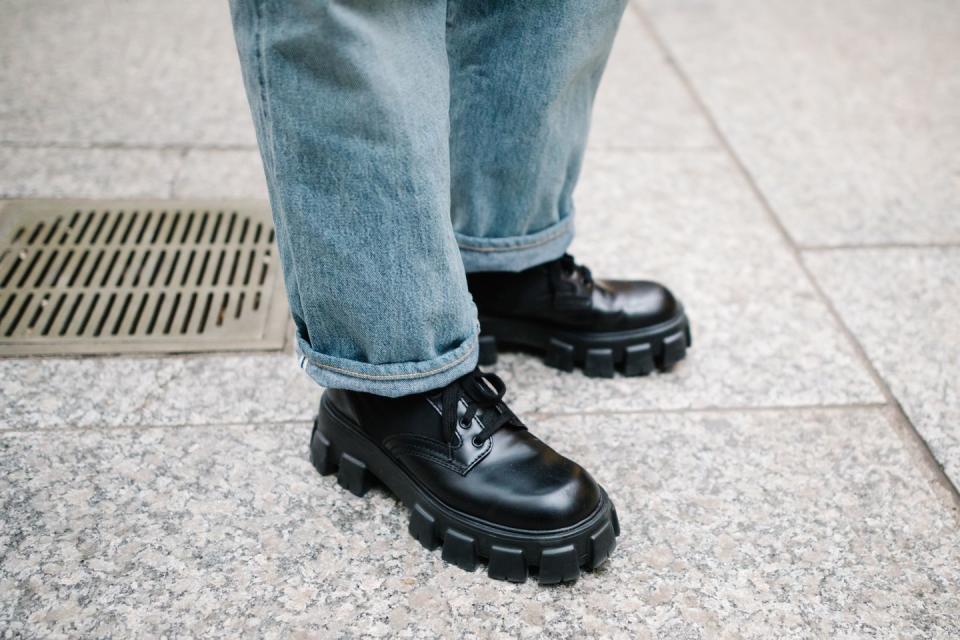
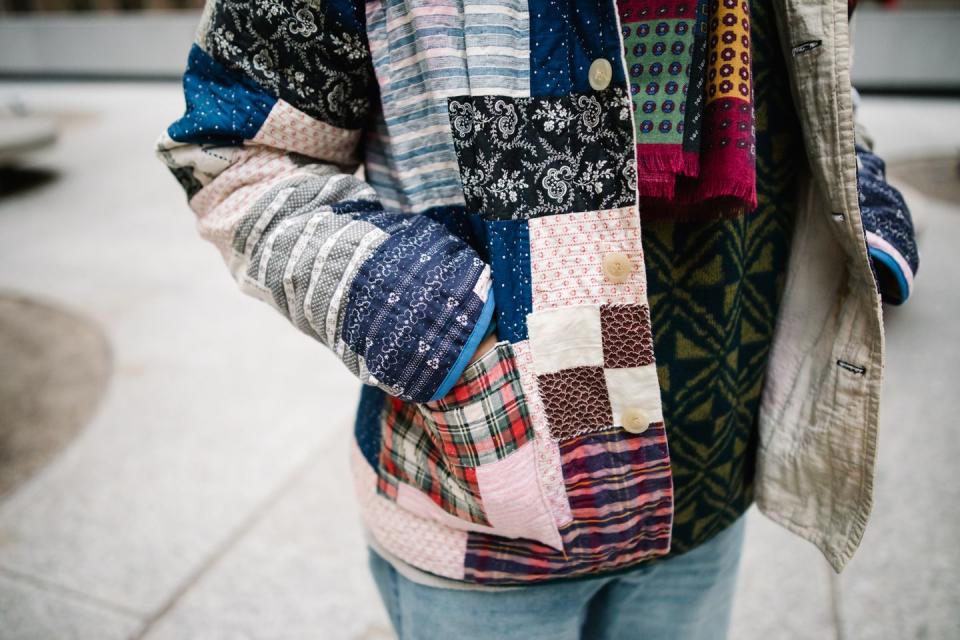
My biggest inspirations in this space are definitely forum culture —I spent so much time on StyleForum and SuperFuture before blogs blew up— but also the late Gary Warnett, who made me realize the amount of information I thought I knew couldn’t fit into a thimble. I feel like he had this omniscience in the way he was able to connect dots that couldn’t look more far away from a distance, but actually were a lot closer than most people realize.
There’s also author Mary H.K. Choi, who I look at as a mentor. She checked a lot of my “dream jobs” off the list from an early age, from writing Lady Deadpool at Marvel Comics to her underrated run as the editor-in-chief of Missbehave, and her 2010 article on The Hairpin titled “All Dudes Learned How to Dress and It Sucks.” I’d say that one article in particular informed the self-aware tone that has characterized a lot of my work up to now. I’m really happy to see her evolution into New York Times-bestselling novelist, and am a huge fan of her recent books. In a full circle moment, I was floored when she asked me for advice on what sneakers her characters should reference in her second novel, Permanent Record.
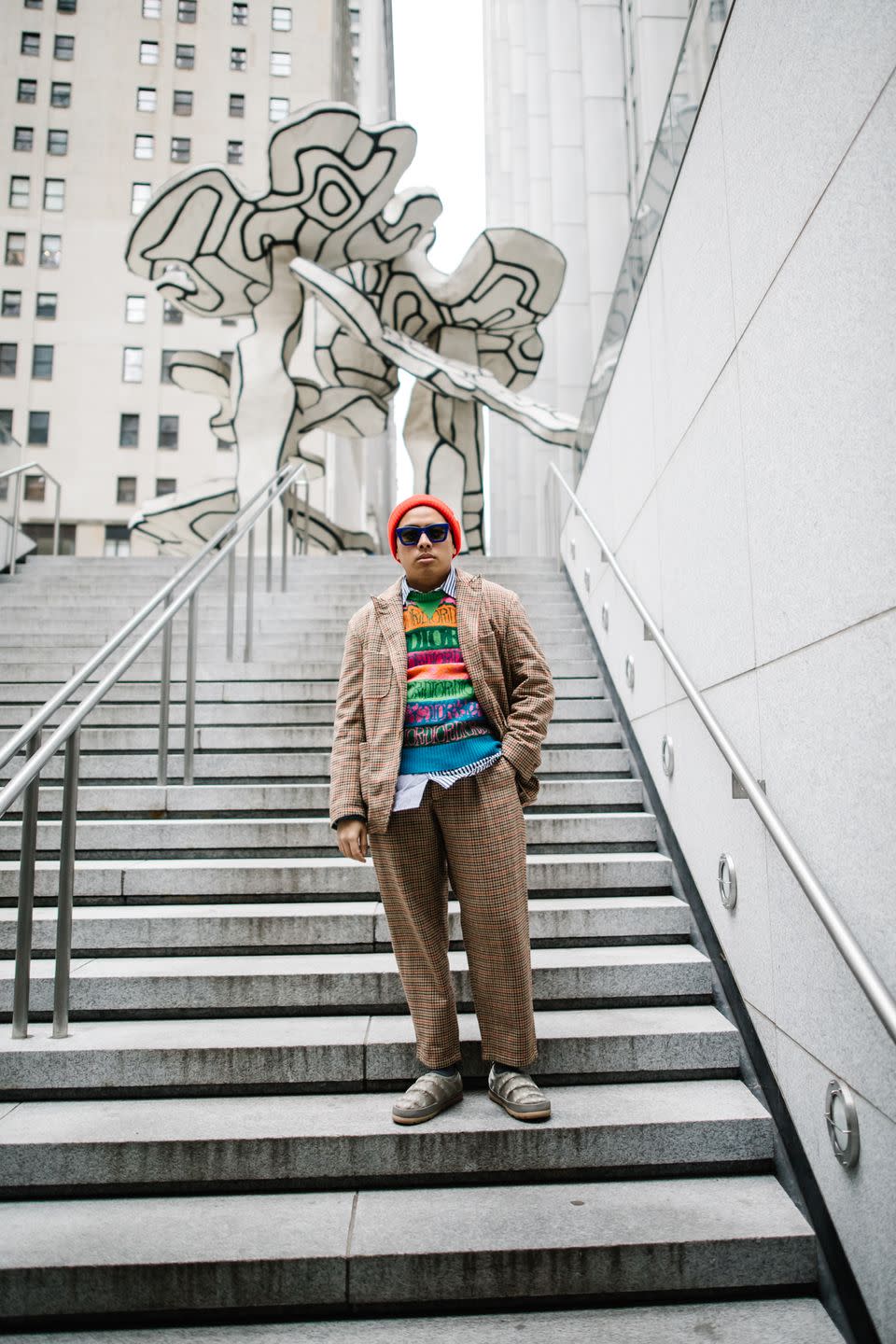
You once wrote an article for Complex called “I Recklessly Spent $10,000 On Clothes In 2014.” Have you changed your shopping habits at all since, and if so, why? What do you think about the current intersection between (social) media and commerce?
I think we all ascribe late capitalist behavior to the theory of the Hedonic treadmill—the idea that the perceived benefits of external life changes might bring us to eventually become normalized. I still spend that much on clothing, but I also let go of and sell a ton; closet management is like a self-funding endeavor in that way. There’s the whole “one in, one out” rule, and I’ve certainly read some of Kondo’s philosophies. The concept of people selling in order to make room for new stuff is something I can get behind. Nordstrom experimented with that concept quite recently with “See You Tomorrow,” and of course there are services like Grailed and TheRealReal that I also use.
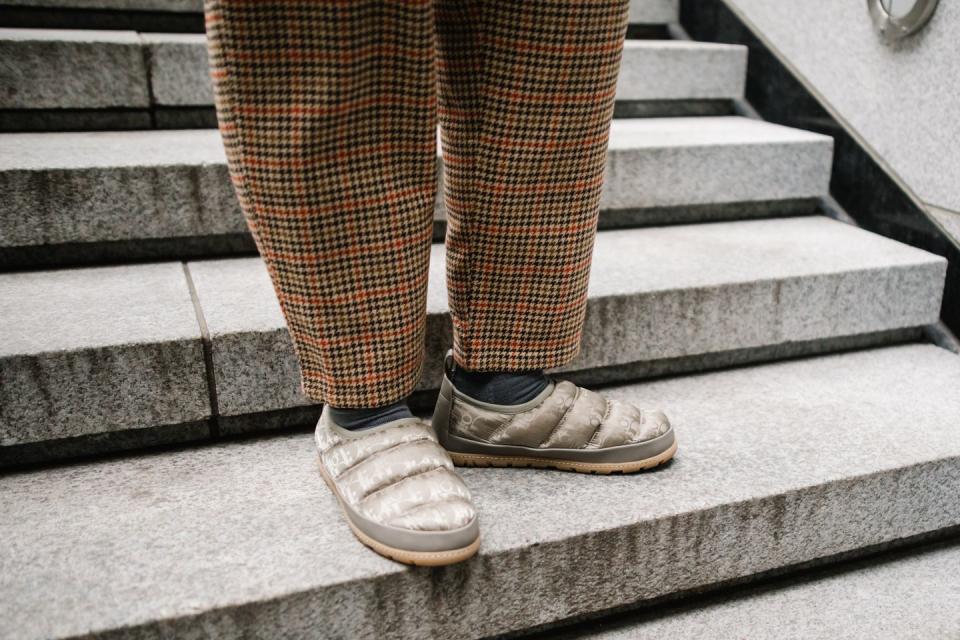
If anything, I like how social media and the resale economy has made it so you can form a relationship with the people who are into the stuff you want to let go. I haven’t sold anything on the timeline per se, but one of the things I always went to was called the Dudes Sale at Kinfolk in Brooklyn. It was essentially a bunch of guys getting together to sell old stuff, vintage, gently used, and sometimes even brand new. It was about true customer service—developing a rapport with people looking at your stuff and, when necessary, talking to them about the designer or the provenance of a specific piece. I’m a “product guy” at heart, so any opportunity to talk shop, I’ll absolutely do it.
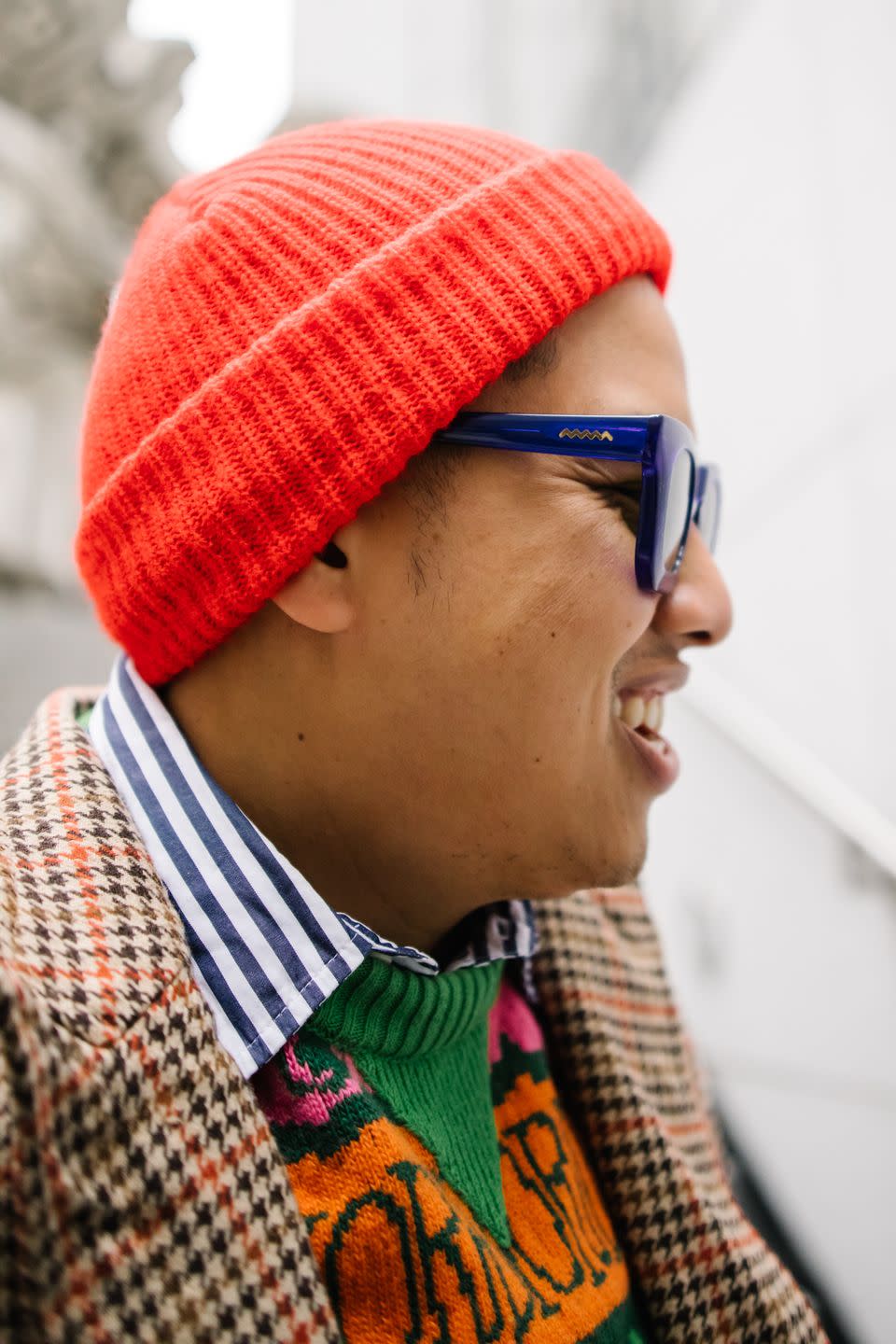
I’ve asked this question of my subjects before, but I think you’re uniquely prepared to answer it as your style is hard to pin with any concrete terms: What makes for good personal style and what sort of advice do you have for someone looking to hone their style and wardrobe?
There are two schools of thought on dressing. There’s the uniform dressers and the emotional dressers. I am purely an emotional dresser. I’ve read studies about guys like Steve Jobs and Mark Zuckerberg wearing the same thing as a means of combating “decision fatigue,” but I feel like if your job is to inspire and create, you might not want to look at the same thing in the mirror every day. Putting an outfit together is the opposite of stressful for me, it’s fun.
It’s also about taking this experimental attitude to a style based on a foundational knowledge of where it’s been before, and where it’s yet to go. You look at someone like Miles Davis, there’s someone who wasn’t afraid to change with the times. Bitches Brew-era Miles Davis was him at his funkiest, and it’s clear elements of that informed the wild way he dressed for the rest of his life. Of course, I also understand that there are men out there who look at clothing as a necessity. It’s important to be able to speak to them as much as the super-informed shopper that knows what he wants and is just looking for the best place to get it.
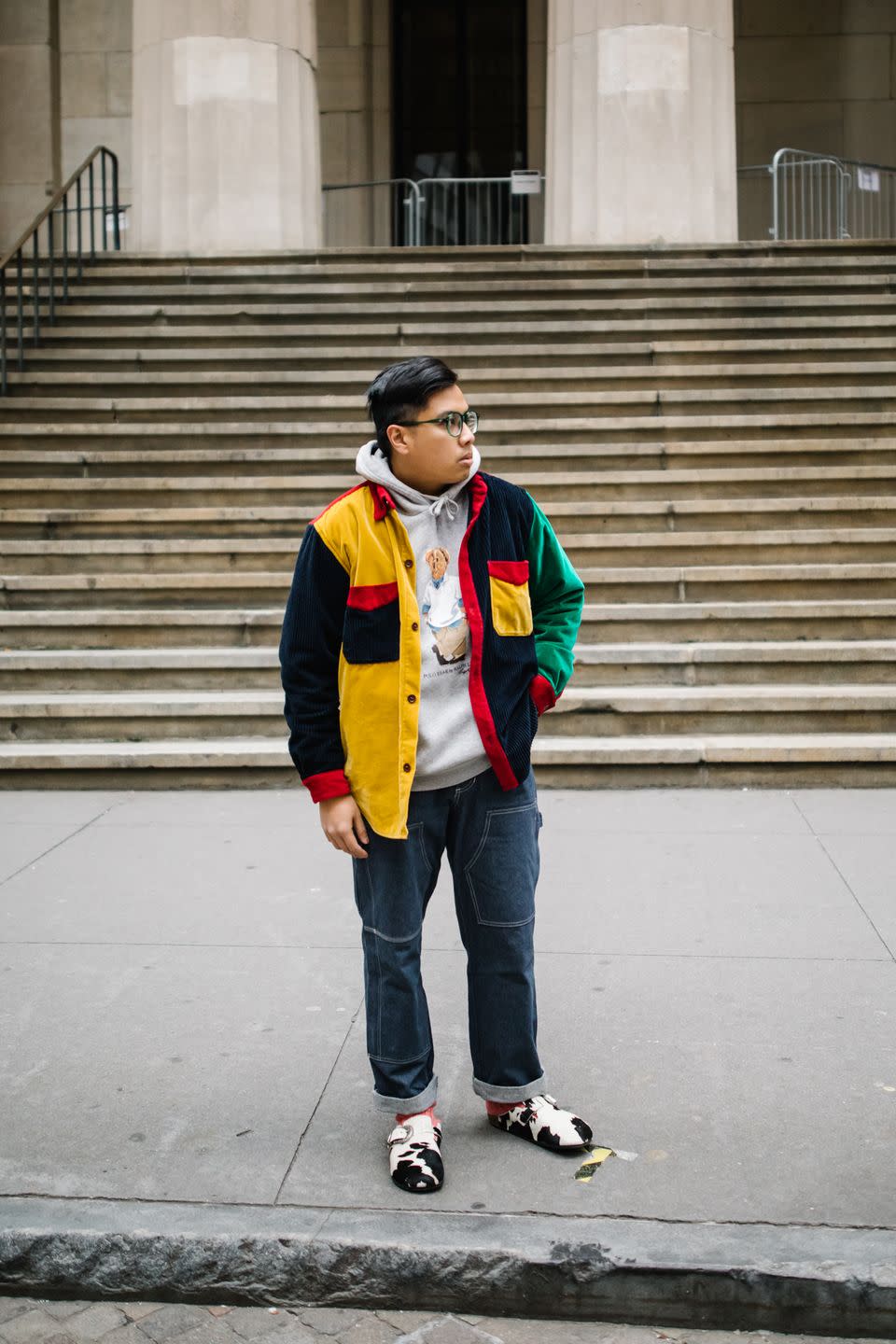
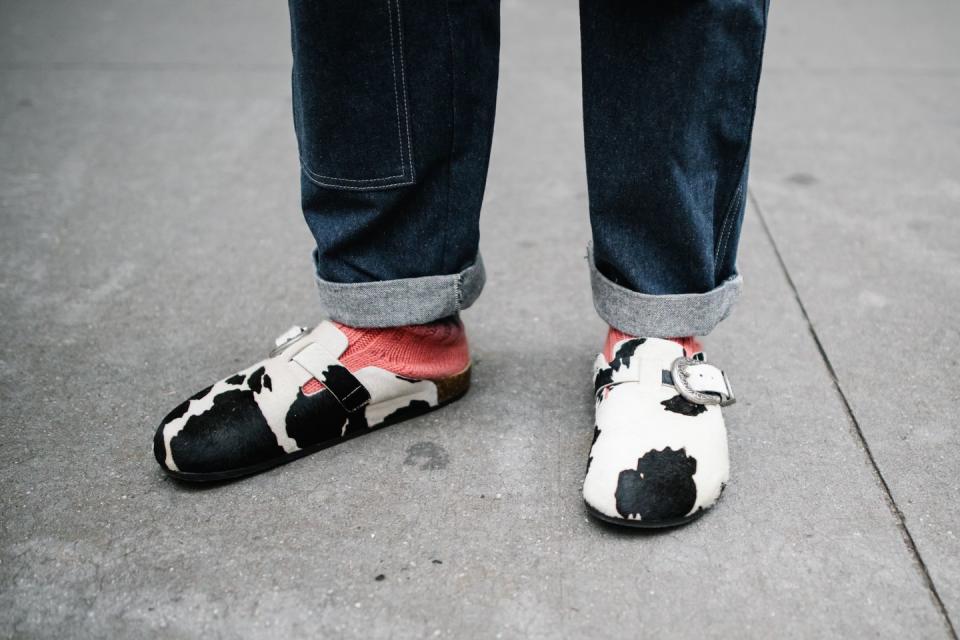
What are some of your favorite brands right now, and why? Is there anything in fashion, particularly things (brands, styles, tropes) that are trending, that you aren’t into, and why? What do you think is next to come in the men’s space?
We’re in this moment of supporting small businesses through COVID-19, and a heightened awareness of Black-owned brands and the fact that minority-owned businesses don’t get the same privileges as white-owned ones. These are all very important conversations to be having, and I hope the energy sustains for as long as it possibly can. I’m a huge fan of what Chris and Beth Gibbs have built at Union, what Brendon and Estelle Babenzien are doing at Noah, Antonio Ciongoli’s 18 East, Grace Wales Bonner, and Kyle Ng at Brain Dead.

All of these talented people have built a really strong brand universes that communicate what they’re about very clearly, and in many ways exude a certain excitement about collaborations or things that inspire them. I love how Kyle is going all-in on paintball, rollerblading, and Magic: The Gathering. In the same vein, Emily Bode has a distinct aesthetic and philosophy that informs her brand, and so does Jerry Lorenzo at Fear of God. I don’t like to hate; I prefer to say, “It’s not for me.” I think part of the reason I’m in my current position is also because of my desire to know who something is for, especially if I’m not the target audience.
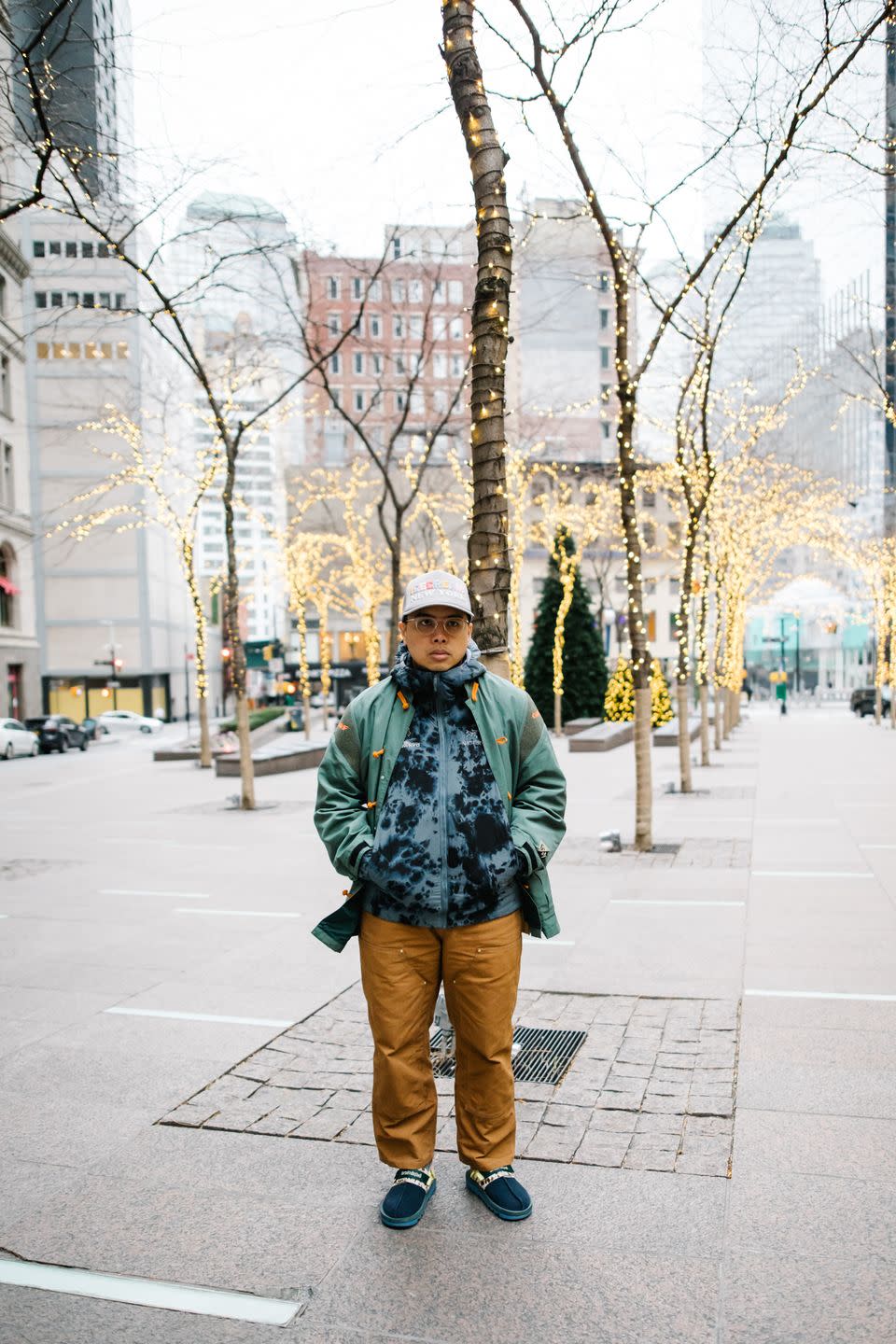
What do you hope to accomplish at Nordstrom? What do you think is missing from the luxury department store space? How has this pandemic affected Nordstrom, and how is it handling those changes? What’s next for Nordstrom in 2021?
I think there’s potential for Nordstrom to be the barometer of American men’s style. One of the things I appreciate about Nordstrom is an emphasis on bringing value to our constituents, but also being very clear about what our values are as a company. And I say “value” instead of price because those are two totally different terms. Value to me is putting a L.L. Bean fleece on the same pedestal as a Bode quilted jacket. Both of those are things we carry, but they’re equally relevant and timeless for different reasons. It tracks that they belong in the modern menswear canon we’re defining.
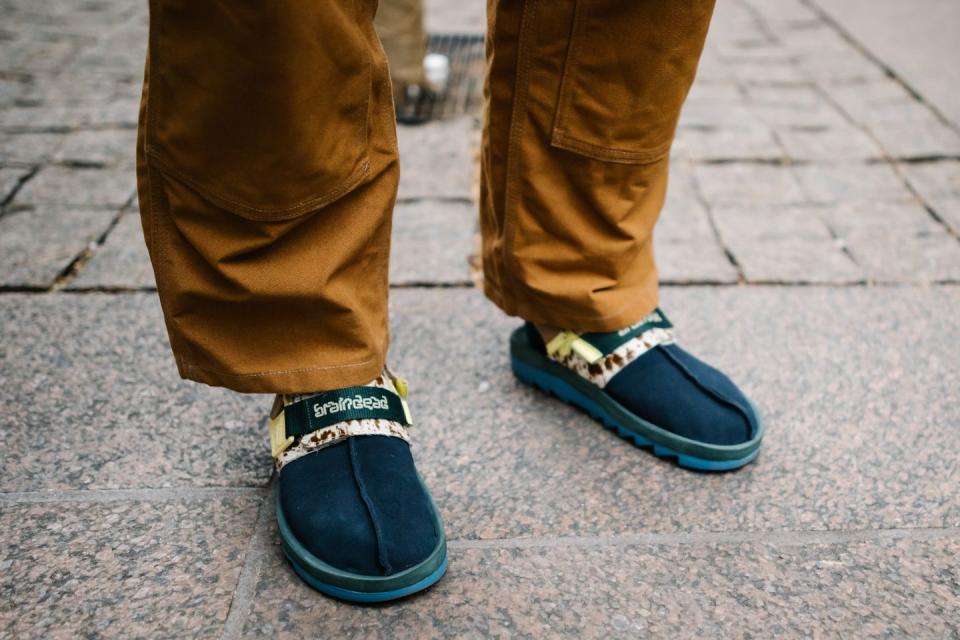
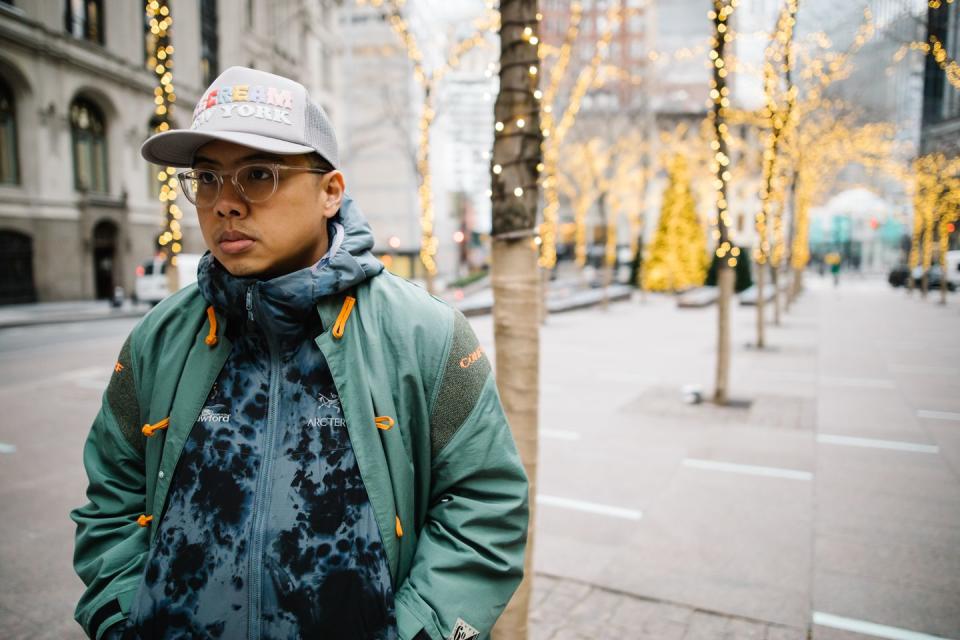
Not everyone is going to want fashion with a capital “F” all the time, but it’s good to know we can serve the most discerning clients as well as the customer who just wants a great coat or quality shoe within their means. I appreciate how we can be a discovery platform to those who might come to us for Fear of God Essentials, Chinatown Market, or Billionaire Boys Club, and then see a Sacai x Ten C coat, Dior B23 sneakers, or 4SDesigns piece in person for the first time. I grew up with caviar dreams on a canned tuna budget, so I get it. It’s about building that continuity.
You Might Also Like

